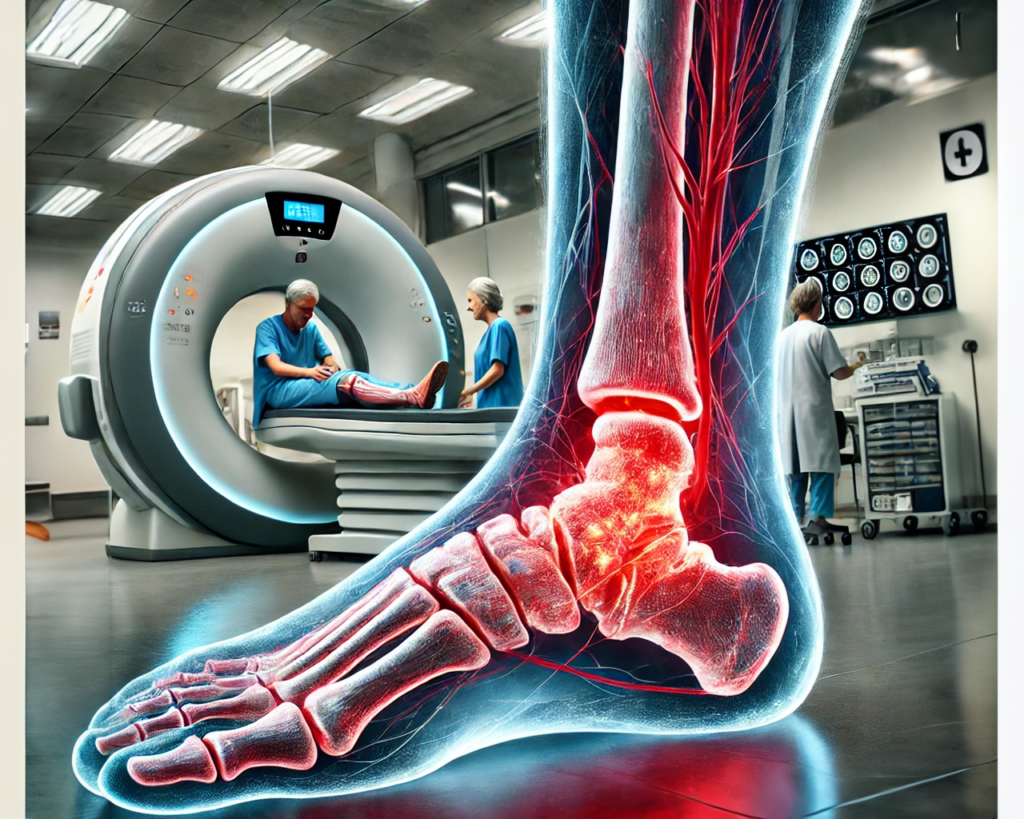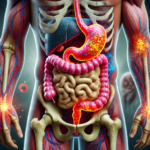Now that we have formally discussed the Immune System, it is time to get into inflammation. Not surprisingly, there are multiple types of inflammation. Let’s start with acute inflammation.
Why You Need to Know:
Acute inflammation is crucial for survival, actually—it protects your body from infections and injury, allowing healing to begin. More importantly, when inflammatory processes don’t resolve properly or become chronic, they can lead to long-term tissue damage. In short, understanding acute inflammation can help you identify early signs of infection or injury and take steps to support your body’s healing process and manage this stage.
Acute Inflammation: The Body’s Immediate Defense
Acute inflammation is your body’s rapid, short-term response to injury or infection. It’s a highly coordinated process that occurs when immune cells are quickly mobilized to a specific site to eliminate harmful stimuli like bacteria, viruses, or damaged tissue. This response is characterized by the classic signs of inflammation: redness, heat, swelling, pain, and loss of function.
At the cellular level, neutrophils are the first immune cells to arrive at the site of injury, working to engulf and destroy pathogens or damaged cells. This initial response is regulated by cytokines, small signaling proteins like interleukin-1 (IL-1) and tumor necrosis factor-alpha (TNF-α), which trigger blood vessels to become more permeable to allow immune cells to move into the affected tissue. In summary, blood flow increases – delivering more immune cells to the site, and making the area red and warm. Now you know.
Once the cause of inflammation is neutralized, anti-inflammatory signals, like interleukin-10 (IL-10), are released to resolve the inflammation and promote healing. Subsequently, the damaged tissue begins to repair and immune cells either die or return to the lymphatic system.
If you understand the above explanation, you understand why getting rid of acute inflammation may not always the best approach. In fact, inflammation is actually quite a necessary process (Sometimes you may wanna raw-dog that fever that way the increase in temperature can help you fight those pathogens).
Action Items – Managing Acute Inflammation:
- Manage Inflammation with RICE:
The RICE protocol is a first-aid treatment that involves resting, icing, compressing, and elevating an injured area to reduce inflammation and help with healing.
- Optimize Recovery with Anti-Inflammatory Foods:
As you may already know, foods rich in omega-3 fatty acids, such as salmon or walnuts, have anti-inflammatory properties that can help reduce acute inflammation. In fact, research published in the American Journal of Clinical Nutrition highlights omega-3’s role in resolving inflammation (Calder, 2010).
- Take Rest and Avoid Overuse:
When recovering from an injury, avoid re-stressing the affected area. Acute inflammation needs time to resolve, and overstressing it can prolong healing or lead to chronic inflammation.
Trivia:
Did you know that acute inflammation is responsible for creating pus? When neutrophils die while neutralizing an infection, they accumulate in the affected area, forming pus— Basically fallen soldiers.



